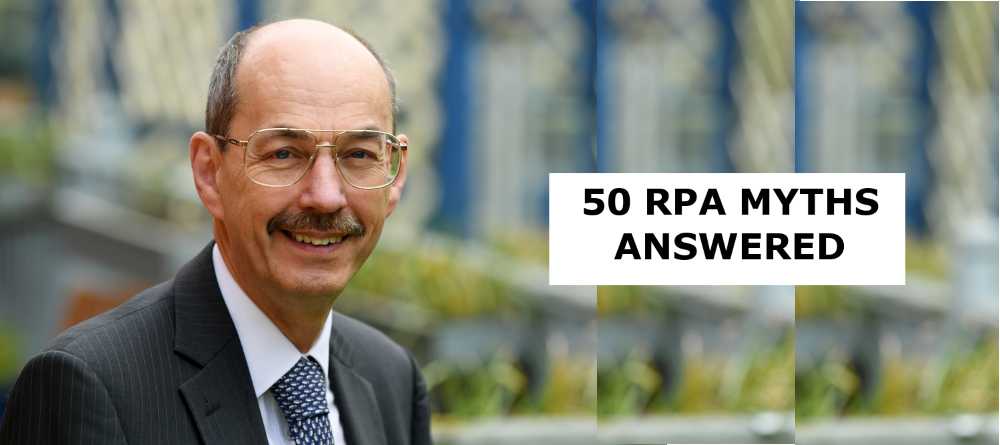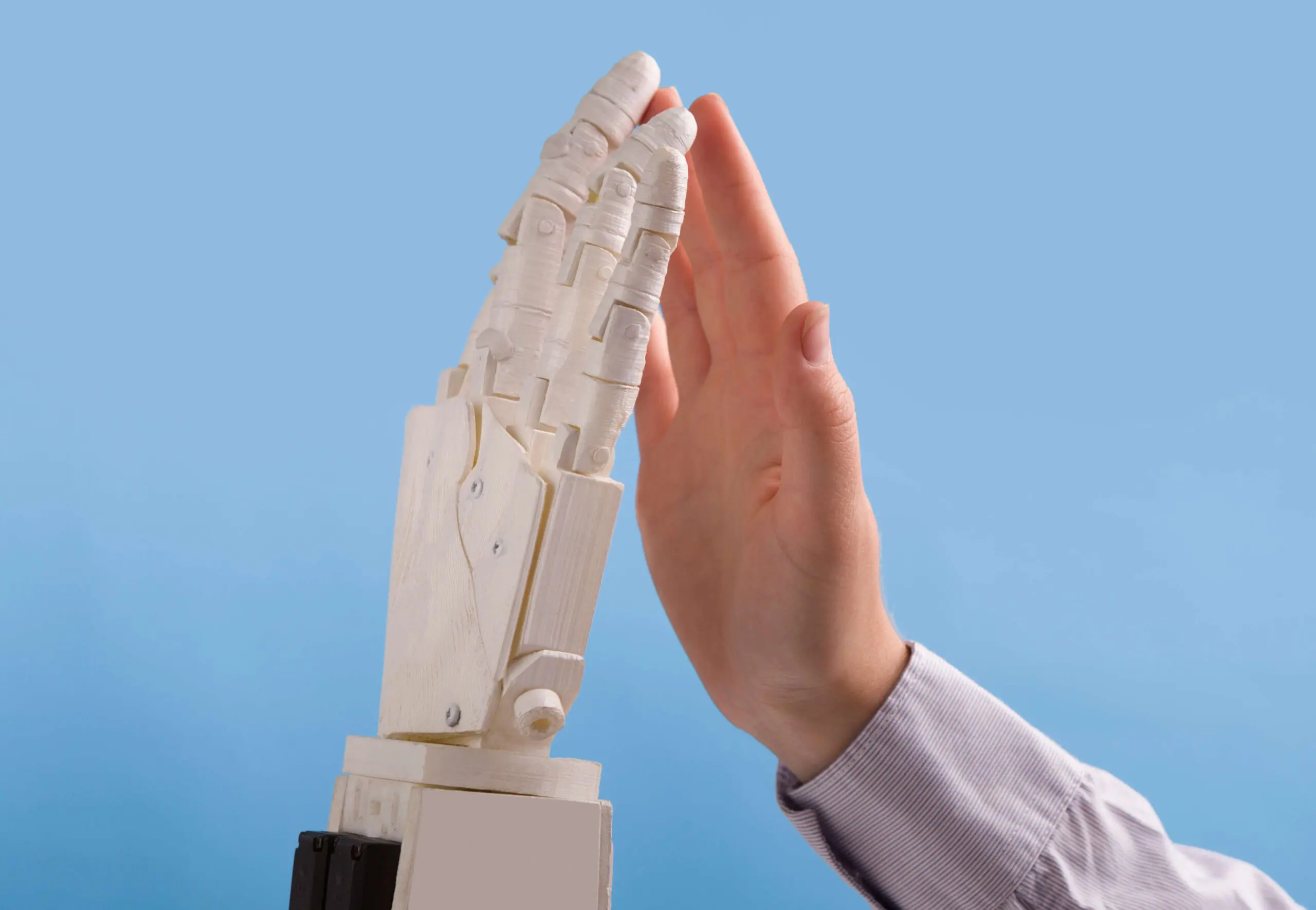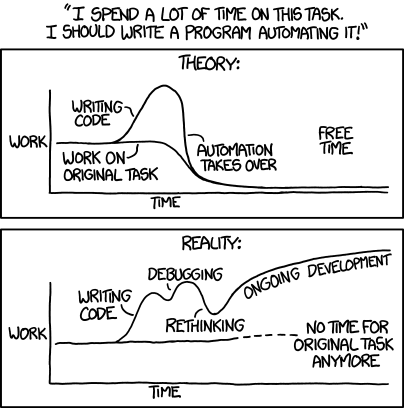
9 Tips for a successful RPA deployment
These tips are born from experience, there is no implied order of importance.
- Tool Selection – In some organisations this can be a project by itself. With RFI, RFQ, ITT, etc. the time and effort spent can be significant. For most businesses, the usage of RPA is going to be similar to other businesses, so selecting any of the major product vendors identified by the industry analysts is not going to be the key success factor. This particularly true with the first RPA implementation in an organisation. I declare a bias here, at Ether Solutions we implement using UiPath which is a top 3 product for all the industry analysts. Keeping selection costs down helps the ROI of the first activity. If it is a major vendor, how wrong can the choice be? Any first implementation needs to be considered as “Research” and in an implementation review activity based on some practical knowledge the choice of tool can be reviewed.
- Candidate – Although potential business processes can be identified as candidates for automation in workshops with senior managers, full detailed observation with users performing the tasks is a critical part of qualifying the suitability for the use of RPA. Obtaining examples and metrics from the observation discovery activity. Depending on the scale of the team performing the existing work, watching different users performing the tasks at different times of the day can help gain clarity on the consistency of the process. Such observation can provide an insight into the allocation of work across a team.
- Scope -There can be pressure to automate complete tasks end to end, but sometimes it is more cost effective to use RPA on parts of a process – “Cherry Picking” where the most value can be gained. The usual Pareto principle can be applied, if robots can do 80% of the activity effectively, humans may well be the best solution for the remaining 20%.
- Optimisation – Across the RPA industry there are discussions about using one robot to perform a range of activities depending upon the available work in order to maximise the delivery from the robot, or the creation of a team of robots each dedicated to a specific activity. The implementation adopted will be driven by licence costs, scalability factors and the complexity of the implementation logic. Other considerations such as whether the robot is working in “Attended” or “Un-attended” mode will also influence the approach. In many situations, a mixed approach of “Full-use” and “Specific Use” robots will deliver the best ROI.
- Testing – As RPA robots are using the GUI operated by humans, determining the amount of testing required for confidence in the configuration can be hard to judge. The safe option, if facilities allow, is for full parallel running with robots processing the same material as the existing team so that the detailed outcomes can be compared. Humans make unintentional mistakes so there will already be processes available to perform corrections. This recovery mechanism is important if a configuration of a robot results in unexpected actions in some circumstances.
- Recovery – In theory RPA robots can work 24 x 7 throughout the year, the reality is that a “Glitch” can occur. At such a point the robot is not working. As it will have been using the GUI there should be the possibility for a human to take over the activity. To facilitate this, the data from the log of robot activity needs to be accessible so the data being processed at the time of the “Glitch” can be determined.
- Change – RPA robots will be configured in a development environment. Having to deploy the robot to a separate test environment will help make sure that the “Change / Release” process is confirmed before placing a robot into production. During operational use, there may need to be changes to the robot configuration, hence a proven procedure is essential. This is particularly true if an agile method is adopted for development of the robot configuration as the number of releases will be high.
- Security -With robots operating on production systems, security is an important consideration. One of the advantages of robots is that they can follow processes precisely and frequently. This allows an implementation to be delivered where robots can be using passwords that are much longer than a human can cope with and can be changed far more frequently, hence the risk of the credentials being compromised is normally less than that of a human.
- Team – Just like any business project, deploying people with the right experience, attitude and authority on to an RPA implementation will be a major factor in its overall success. Such a team will be capable of following the governance, communication processes, change management processes and quality processes to engage the various stakeholders to deliver a shared success from an RPA implementation.















